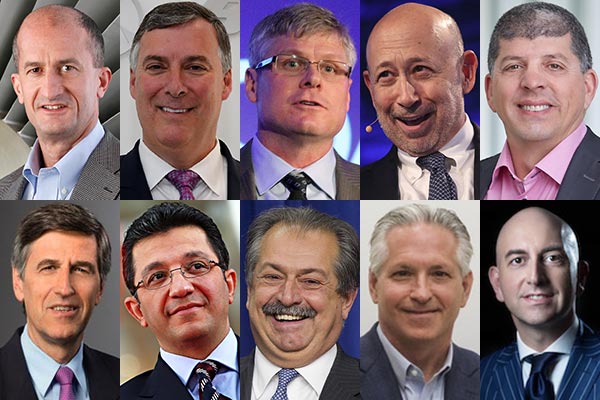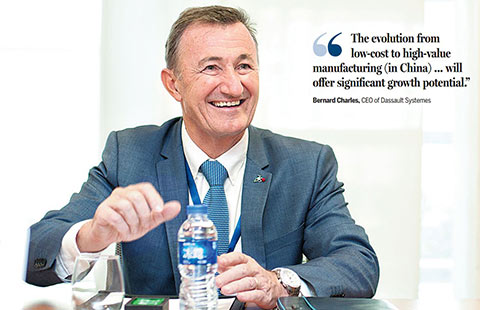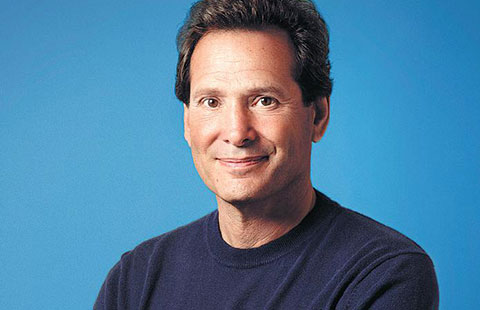Global GDP growth forecast at 3% in 2018: Conference Board
NEW YORK - After exceeding expectations in 2017, the global economy is projected to carry forward its current momentum to generate a 3 percent growth rate through 2018, the Conference Board said in its latest Global Economic Outlook 2018 on Monday.
"Global growth has finally left the starting gate since the global economic and financial crisis," said Bart van Ark, chief economist of the Conference Board. "GDP growth, which we predicted to grow at 2.8 percent a year ago, is likely to end at about 3 percent for 2017, and through 2018."
The growth uptick in 2017 reflected a combination of unique events, including the stabilization of energy and commodities prices, improved business confidence based on hopes for fiscal stimulus and tax reforms by the Trump administration, a cyclical recovery in Europe, and China's policy-driven growth stimulus.
The report also identified several forces that could help strengthen the quality of growth and make it more sustainable over the next decade.
"The good news is that a larger role for qualitative growth factors-an improvement in labor force skills, digitization, and especially stronger productivity growth-may help sustain growth and provide better conditions for businesses to thrive over the next decade," added van Ark.
Labor shortages may help induce faster investment growth especially in sectors with high demand for scarce talent. This increased capital intensity is a source of labor productivity growth, particularly for Europe, the United States, and other mature economies.
Investment growth can also be sustained by improvements in the "quality" of capital, caused by a shift toward more investment in machinery and equipment and a greater concentration in digital assets and services.
Momentum in mature economies increased during 2017, which sets them up to continue growing at a decent pace in 2018 compared to the previous five-year average of 1.8 percent, according to the report.
Mature economies are projected to grow by 2.1 percent in 2018 compared to 2.2 percent in 2017. The US economy will especially benefit from carrying stronger investment growth into next year.
Meanwhile, emerging markets with substantial scope for "catch up" growth will see strong contributions from quantitative growth sources, in particular labor force growth and investment.
Emerging markets will continue to gain some strength in 2018, projected to grow by 3.8 percent, compared to 3.7 percent in 2017, but there are significant differences across countries.
While the growth path of mature markets will remain solid in the short term, potential for much faster growth is limited, and a growth slowdown is likely to set in later in the decade.
The Conference Board said some unique events this year are unlikely to provide sustained growth going forward, while some policy and geopolitical risk may also distort the growth path in 2018.
The research group also warned that long-term economic trends and structural changes pose even bigger risks in the global economy.
Slow labor force growth due to aging populations, troubles with translating technology into productivity, and unequal distribution of the benefits of technological change have limited the potential size of the economy, while unfavorable corporate tax regimes and business regulations may be additional structural factors hindering business investment.
- China will make positive, constructive contribution to global economy: Australian trade minister
- China propels global economy through sustainable development
- IMF projects global economy to grow at 3.6% this year
- BRICS committed to making pie of global economy bigger
- BRICS' goal is to build fairer global economy: China Daily editorial



















